While natural farming is a fantastic system, it has its fair share of challenges.
Usually, this is one of the last things most people consider when starting.
However, unless you take a realistic approach, you’ll be disappointed, especially if most farmers in your area still use conventional techniques.
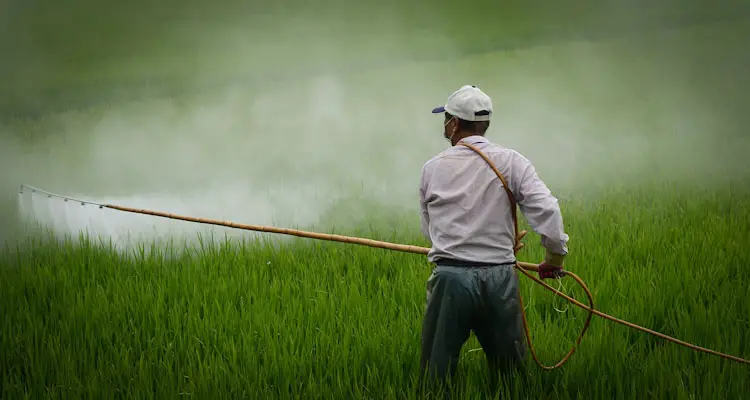
But don’t worry. In this article, we will discuss 7 common challenges in natural farming and mention some of the ways we overcame these when setting up our system.
However, before we dive into the challenges, let’s take a look at the difference between:
Nature-Based Farming And Certified Organic
Natural and Organic farming are usually lumped together when discussing sustainable farming techniques.But they are not one and the same.
In fact, while both face similar challenges, how they handle these varies considerably based on their respective philosophies.
Organic farming follows specific rules, some involving selected chemicals and machinery. Whereas natural farming focuses on using natural elements such as biodiversity and fermented extracts.
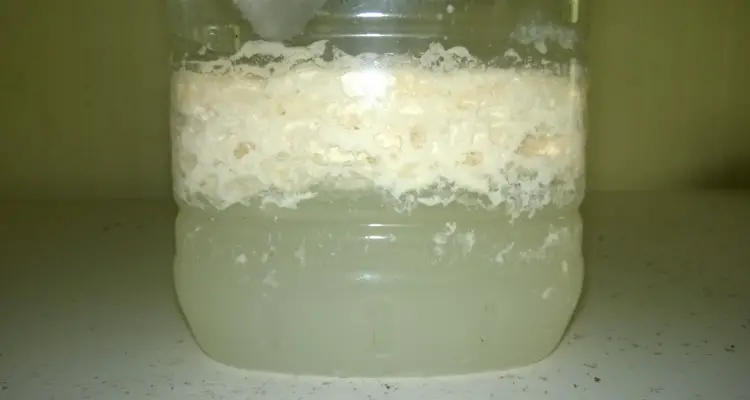
For example, an organic farmer can use certified organic sprays, some of which are made from “safe chemicals” to deal with pests. But in natural farming, you may encourage natural predators like ladybugs or repellent solutions to deter pests.
On that same note, let’s take a look at one of the most burning issues in farming in general:
1. Access To Organic Seeds And Planting Materials
Natural farmers aim to grow plants that are true to seed and well-adapted to our local climate. As a result, we try our best to source heirloom, organic, or native seeds.
However, it is common for agriculture stores to stock mainly hybrid or genetically modified seeds meant for conventional farms.
Unfortunately, sourcing these seeds can be expensive due to shipping costs and local regulations concerning agricultural imports.
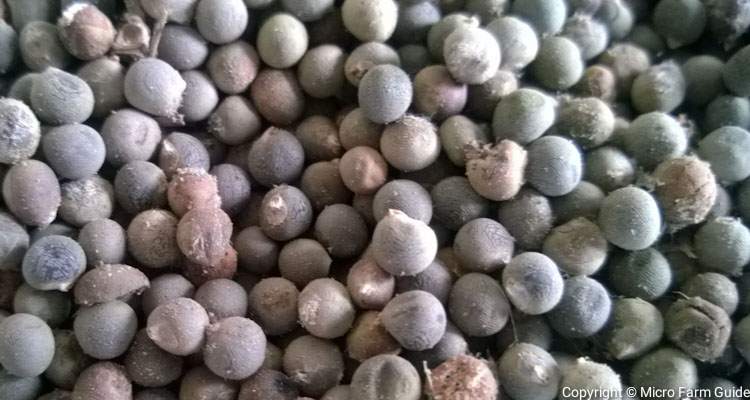
As a result, natural farmers must learn how to save seeds and propagate plants from favorable varieties.
This has the added benefit of creating more resilient varieties with each generation and can indirectly assist with:
2. Pest and Disease Control
Pest and disease are unwanted guests that can seriously harm your crops, leading to a loss of productivity and income.
In natural farming, we control these by creating favorable conditions for beneficial creatures such as birds, insects, and microorganisms, which in turn keep pests in check.
Unfortunately, this balance can take a while to achieve, especially if you previously used synthetic chemicals on your farm or live close to other farmers who still do.
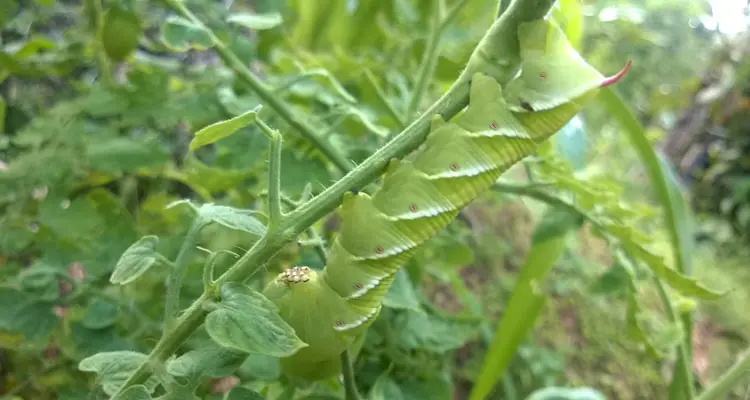
So, in the interim, you can use solutions made from various herbs and other natural substances, such as animal urine, to trap or repel pests.
These conditions not only help manage pests but also have positive effects on:
3. Soil Fertility
Soil is the lifeblood of most farming systems. It should contain a mixture of dirt, organic material, tiny animals, and microorganisms.
In natural farming, we avoid practices like tilling, which disturb the life in the soil, and instead seek to provide more favorable conditions for soil creatures.
For example, we can add organic material to the soil’s surface or plant various perennial plants within the system, which helps to hold the soil together and provide living roots for organisms to live.
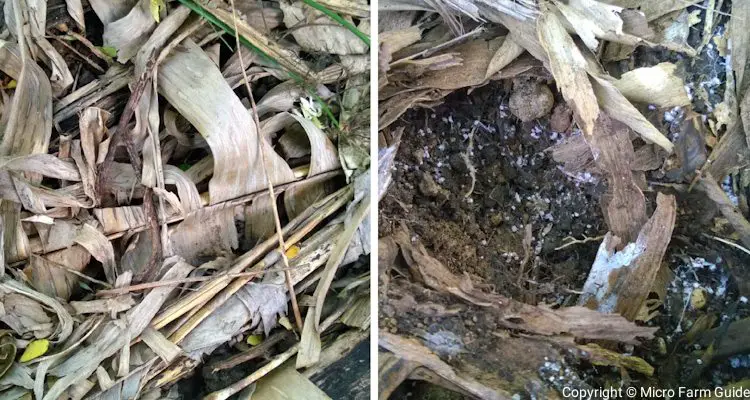
However, nutrient-depleted soil can take several years to recover. In the meantime, we attempt to provide plants with the nutrients they need by using natural fertilizers and adding indigenous microorganisms.
Unfortunately, we can do everything right, but all is lost if there isn’t enough moisture in the soil. This brings us to our next challenge:
4. Water Management
Most natural farmers rely on rainfall, rivers, and wells to supply their farms with the needed water.
Unfortunately, these natural water sources have proved unreliable in recent years due to extended dry spells, contamination, and generally depleted supplies.
Natural Farming systems are well-known for retaining enough water to sustain themselves even during dry spells. However, newer systems usually struggle in extreme weather.
As a result, you’ll need to find ways to actively conserve water on your farm.
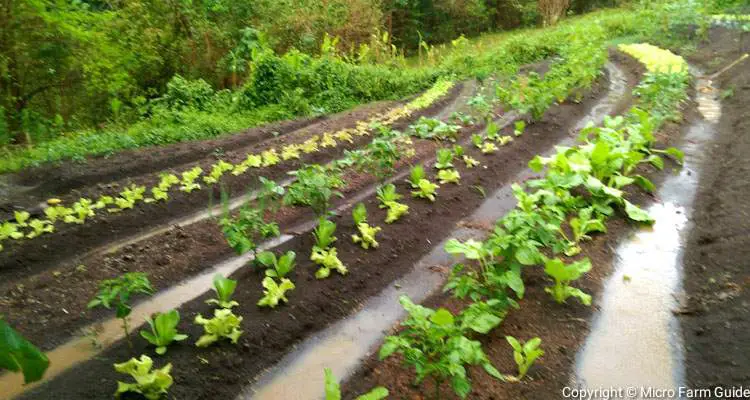
For example, you may wish to harvest and store rainwater and use sustainable methods to distribute it to your crops.
Yet these systems take time and money, which can discourage farmers due to the following:
5. Financial Constraints
Let’s face it — no one becomes a natural farmer to spend much money. In fact, most people are drawn to this technique due to the promise of saving money.
And while you may not need large machinery, chemical inputs, or expensive certifications, you will need additional help and essential equipment such as pumps, containers, storage, and other facilities.
So, consider creating a budget and maximizing what you have. Or seek assistance in the form of grants, which are available from various organizations.

If you are resourceful, you should be able to gather materials and set up your farm even if you’re on a tight budget.
Yet still, after putting in the hard work, many farmers struggle to sell their produce due to limited:
6. Market Access
Natural farmers rely on biodiversity to maintain balance on their farms. Whereas most prominent “vendors” demand large quantities of specific crops.
As a result, many farmers rely on selling directly to restaurants, hotels, or providing packages to customers.
But these markets are limited, and finding ideal customers outside of them can take time, resulting in significant financial losses for the farmer.
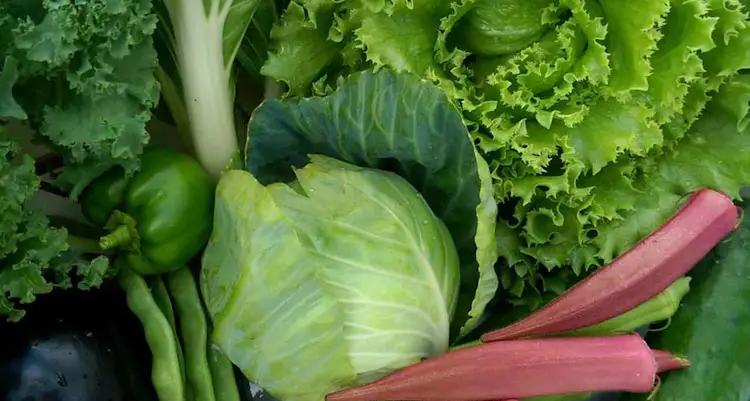
Farmers are encouraged to engage more on online platforms or form cooperatives to better negotiate with purchasers to overcome this obstacle.
However, this is usually easier said than done, as some of the smaller and less tech-savvy farmers can be left struggling due to their size and access to:
7. Knowledge and Training
Natural farming is easy to learn but can take a lifetime to master since you are always learning something new from nature.
That said, finding a reliable source of information is essential but challenging based on the present state of adaptation in your area.
For instance, you can learn the basics of natural farming from books or online through blogs, videos, and webinars. Still, this information may not account for your climate and available vegetation.
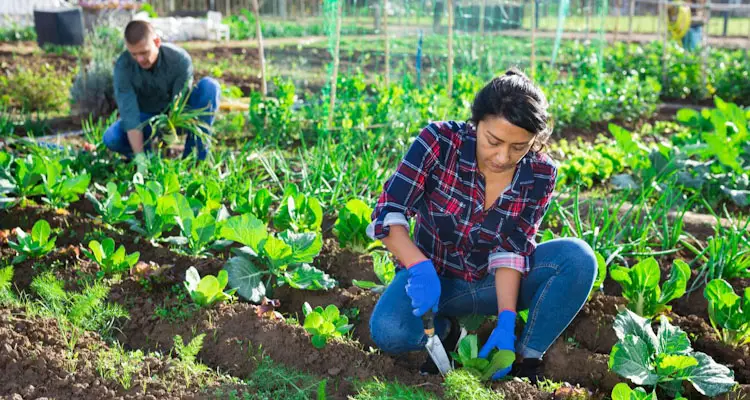
As a result, it’s always best, but seldom possible, to get hands-on experience on a natural farm within your area or, for the very least, with a similar climate.
Due to this, you may have to learn through research and experimenting, which can take time, something you cannot afford to spare if you depend on your farm as your primary source of income.
Final Thoughts
Here’s the deal: you may not encounter any of these challenges due to your location. However, it is essential to take a realistic view of natural farming.
In this article, we’ve looked at 7 of the most common challenges in natural farming, from seeds to finding customers for your produce.
But remember, every challenge is an opportunity to learn and grow once you have access to accurate information.
You can learn more about natural farming by exploring additional resources on our Natural Farming Page, your gateway to a sustainable future.
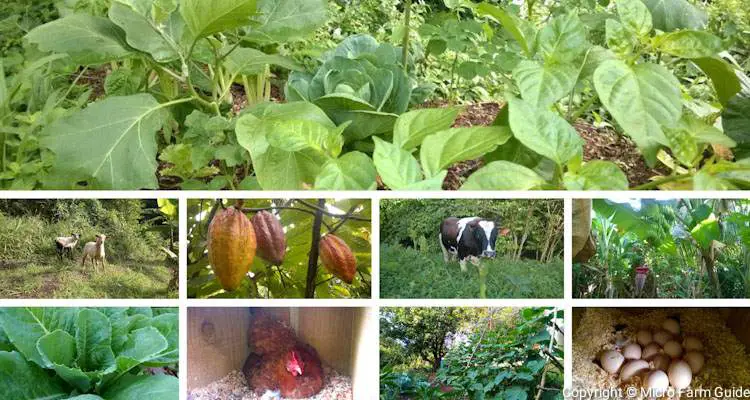
Related Questions:
1. What are the disadvantages of modern farming?
The main disadvantage of modern farming is its reliance on chemicals, which has led to depleted soils, increased erosion, and contaminated groundwater. Also, monoculture can make farms vulnerable to pests, leading to the use of pesticides.
2. What are the challenges facing organic farmers?
Organic farmers face several challenges, such as managing pests, diseases, and soil health without chemicals. Also, they must comply with strict regulation, which comes with additional costs for organic certified solutions and planting material such as seeds.
3. What are the 4 disadvantages of traditional farming?
Traditional farming has several disadvantages, such as the negative impact on the environment due to chemical use, depletion of natural water resources, reduction of biodiversity due to monoculture, and soil degradation from tilling and other practices.
References:
CNI SBSS. Challenges In Natural Farming. cnisbss.org. Accessed September 2023
Forum IAS. Natural Farming – Process, Advantages & Challenges… blog.forumias.com. Accessed September 2023
